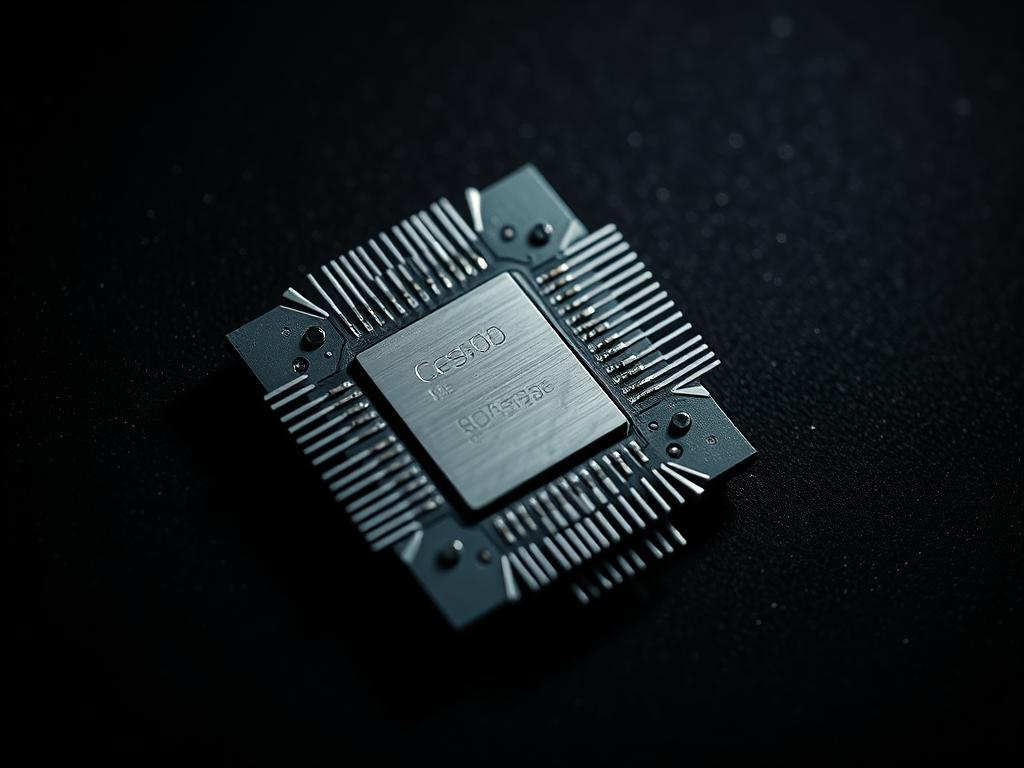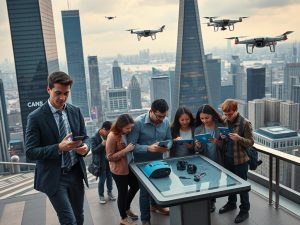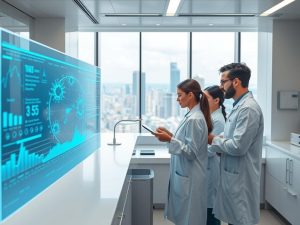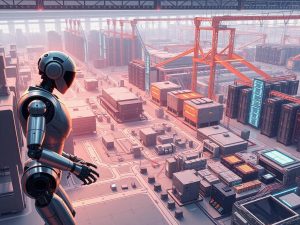Modern life exists within a web of innovations so pervasive that their collective presence often escapes notice. From smartphones to medical breakthroughs, humanity relies on tools and systems rooted in scientific knowledge applied to practical goals. Yet this very ubiquity creates a paradox: how do we articulate what technology truly means when it shapes every aspect of existence?
The term originates from ancient Greek, blending technē (art or craft) with logos (study or knowledge). First appearing in English during the 17th century, its definition evolved alongside human progress. Early interpretations focused on mechanical inventions, while modern understanding encompasses digital platforms, biological engineering, and even social systems.
Attempts to pin down a universal explanation face challenges. Some describe it as humanity’s method for manipulating environments. Others emphasize its role in transforming abstract ideas into tangible solutions. This article examines why simple answers falter against technology’s fluid nature and expanding influence across cultures.
Key Takeaways
- Technology’s omnipresence complicates efforts to create a single, all-encompassing definition
- The concept has evolved from ancient craftsmanship to modern digital systems
- Definitions must account for practical applications and societal impacts
- Historical roots reveal connections between innovation and human intention
- Modern interpretations extend beyond physical tools to include processes and knowledge systems
Understanding the Definition and Historical Evolution of Technology
Human progress begins with simple tools and transforms into complex systems. The journey starts in ancient Greece, where philosophers first explored the relationship between knowledge and practical creation.
The Roots of the Term in Greek Philosophy
The Greek word technē described skills like pottery or metalwork – foundational practices shaping early civilizations. Plato viewed these crafts as inferior to philosophy, arguing that material work distracts from eternal truths. His student Aristotle countered this perspective, recognizing practical knowledge as vital for societal advancement.
Evolution from Art and Craft to Modern Innovation
Seventeenth-century scholars merged technē with logos (study) to form “technology.” Originally describing systematic arts training, the term expanded during the Industrial Revolution. Early craftsmen developed techniques through trial and error over centuries, laying groundwork for today’s engineering principles.
By the 20th century, scientific discovery accelerated innovation beyond manual skills. Space exploration and digital systems now represent technology’s scope – a far cry from its humble origins in clay workshops. This shift reflects society’s growing appreciation for problem-solving through applied knowledge.
Scientific, Engineering, and Practical Perspectives on Technology
Innovation thrives where scientific principles meet practical challenges. This intersection drives progress across industries, blending theoretical understanding with tangible results that shape daily life.
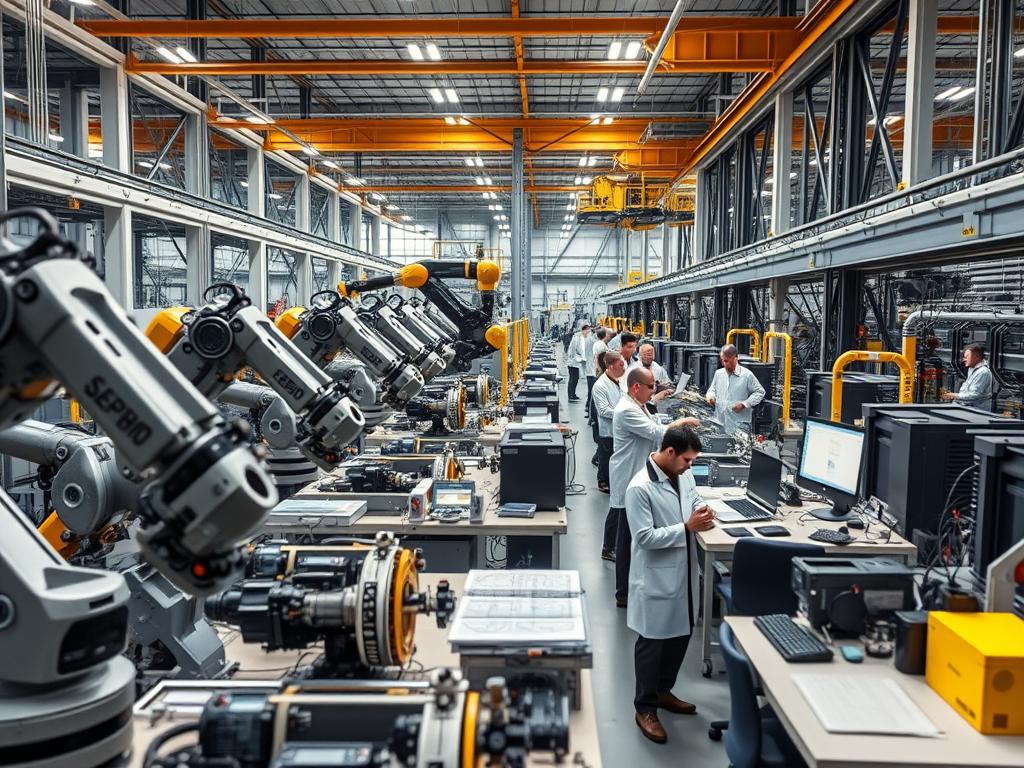
Insights from Scientific Knowledge and Engineering Practices
Scientific knowledge provides the foundation for solving real-world problems. Engineers transform these theories into bridges, medical devices, and energy solutions. Fields like aerospace and tissue engineering demonstrate how specialized applications address diverse human needs.
While science explores natural phenomena, engineering focuses on creating solutions. Chemical engineers develop cleaner fuel sources. Humanitarian teams design water purification tools for crisis zones. This collaborative process turns abstract concepts into life-changing infrastructure.
Technological Advancements in Manufacturing and Industry
Factories showcase applied innovation through evolving production methods. Traditional assembly lines now coexist with 3D printing, which builds complex components layer by layer. These advancements enable customized products while reducing material waste.
Agriculture benefits from precision systems that monitor crop health via satellites. Automated dairy farms use sensors to optimize milk production. Such integrations reveal how manufacturing and food security rely on continuous technological refinement across every industry sector.
can we define technology: Exploring Its Meaning and Contemporary Impact
Every innovation leaves fingerprints on human behavior. Contemporary definitions frame technology as purpose-built accelerators – paths of least resistance steering collective action toward specific outcomes. These systems amplify chosen behaviors while sidelining alternatives, reshaping how societies function at their core.
Amplifying Human Behavior Through Media
Television transformed living rooms into theaters of passive consumption. Streaming platforms now personalize this experience, while social media technologies rewrite relationship dynamics. One-click interactions prioritize quantity over depth, creating global networks of brief digital exchanges.
These tools don’t merely reflect culture – they mold it. Algorithms amplify content that triggers emotional responses, steering public discourse. The power lies not in the code itself, but in its ability to scale specific human activities exponentially.
Tomorrow’s Tools Reshaping Today’s Norms
Smartphones revolutionized information access, collapsing distances between data and decision-making. Emerging innovations promise greater disruption. Virtual workspaces erase office boundaries, while AI assistants anticipate needs before they’re voiced.
Future developments in biotechnology could extend human capabilities beyond biological limits. Each advancement carries embedded values – assumptions about efficiency, convenience, and progress that redefine what life should encompass. Understanding this helps navigate a world where tools shape their creators as much as they serve them.
Conclusion
Technology’s imprint on civilization grows more complex with each innovation. Ancient stone tools established basic survival methods, while modern systems like AI redefine human potential. This progression reveals core principles: practical problem-solving guided by intentional design.
Science and engineering form complementary pillars. Theoretical understanding meets practical application, whether constructing bridges or developing medical breakthroughs. Together, they transform abstract concepts into tools that shape daily existence.
No innovation exists in a vacuum. Choices about which systems to develop carry embedded priorities—streamlining production might overshadow sustainability. The smartphone revolution demonstrates how scaled adoption alters communication patterns globally.
Future advancements demand critical evaluation. Which processes deserve acceleration? How do emerging technologies align with societal values? Informed decisions require recognizing technology’s dual role as both servant and architect of progress.

